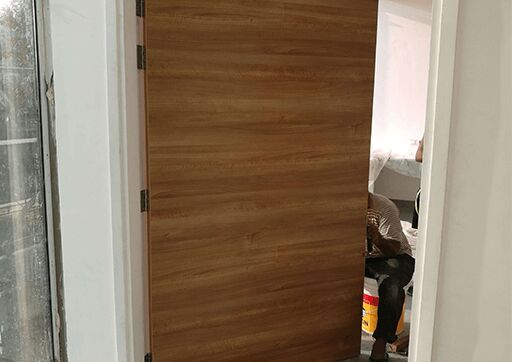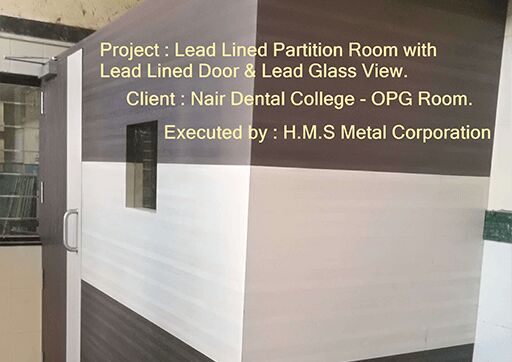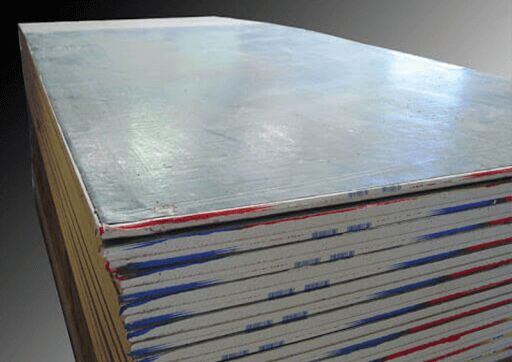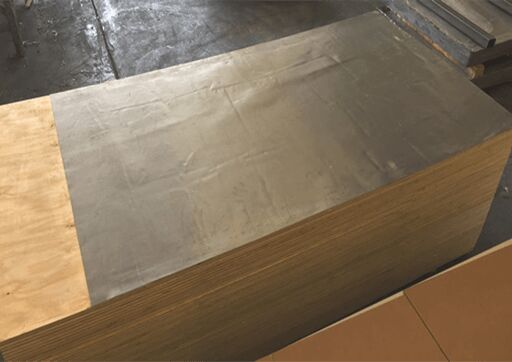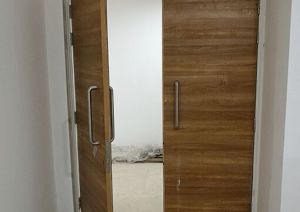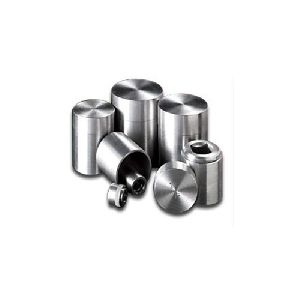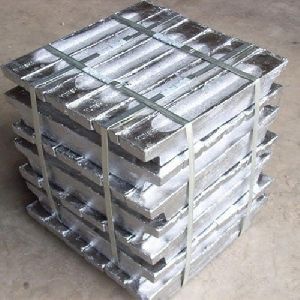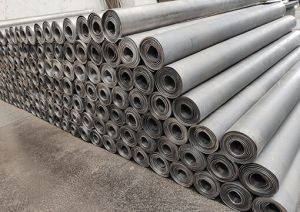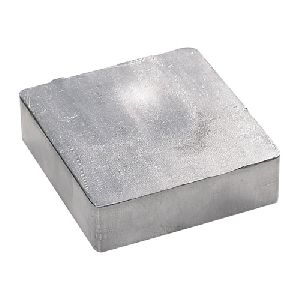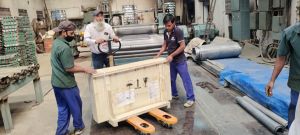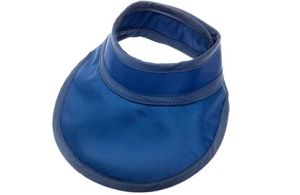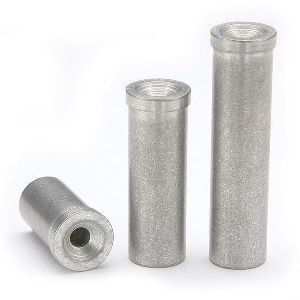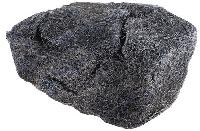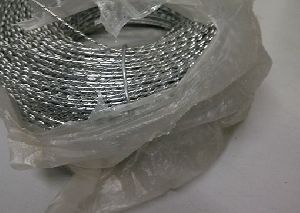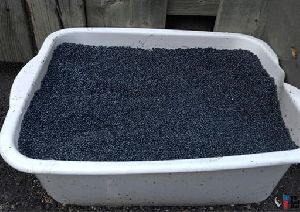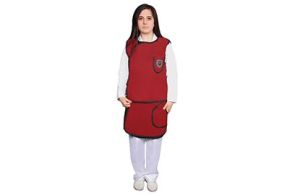Pydhonie, Mumbai, Maharashtra
- GST NO. : 27AABFH7990R1ZG
| Business Type | Manufacturer, Exporter, Supplier |
| Type | Lead Lined Doors |
| Material | High Tensile Lead |
| Application | Clinical Use, Hospital Use, Nursing Homes |
| Click to view more | |
Preferred Buyer From
| Location | Worldwide |
Product Details
Structural Radiation Shielding we offer lead backed plasterboards or plywood and complete range of X-ray Room or Imaging Room shielding products and installation services.
Wall, Ceiling and Floor Panels – X-ray protective lead lined panels and partitions and lead bricks.
Door Sets – X-ray protective lead lined door sets, including Hinged Wooden Doors and Door Hardware.
Observation Windows – X-ray protective observation windows, including Lead Glass.
Screens – X-ray protective screens, including mobile screens and movable shield.
Room Construction – Lead Lined Partition Room with support of plywood or gypsum is constructed. We have successfully completed Lead Partition Room in Nair Dental College where we have used plywood for lead support.
HMS Metal specializes in lead shielding products for government, commercial, industrial and medical applications.
HMS Metal provides unprecedented support for architects, designers, contractors or private customers to help facilitate the correct lead shielding needed for your specific application.
This requires protective barriers within walls, floors, ceilings, entrance doors, windows and for the staff working in a diagnostic x-ray room.
Advantages of installing plywood/gypsum board with lead lining
- Provides effective floor-to-ceiling radiation protection
- Offers design flexibility for use in walls, floors, and ceilings
- Eliminates the risk of radiation leakage when properly installed
- Available in varying thicknesses to meet a wide range of shielding requirements
Cutouts & Penetrationd
- When installing lead lined plywood or drywall (lead lined sheetrock, lead lined gypsum), all cut outs, seams and penetrations will require sheet lead or lead plate to ensure continuous shielding throughout the room. Proper installation of additional lead wherever penetrations are created will eliminate potential leaks and ensure total protection.
- Additional sheet lead can be supplied to easily allow for the proper shielding of penetrations such as receptacles, light switches, ducts and telephone/data cables.
Providing Suffcient shielding from Different types of Radiation
- Different types of radiation are emitted with different levels of energy behind them, but all are caused by unstable atoms. The greater the energy of the radiation, the greater the level of shielding required to safely shield against it. When proper shielding is not provided, radiation can cause burns on the skin and at high levels, puts people at risk of radiation sickness.
- Alpha radiation (α) is comprised of very weak particles that are unable to travel more than a few centimeters when airborne and therefore requires little shielding. In fact, the outermost layer of human skin is actually enough to protect against this type of radiation.
- Beta radiation (β) particles can travel farther because of its small mass and requires more protection, such as heavy clothing or a thick piece of plastic, wood or aluminum. Certain beta radiation particles can penetrate and burn the skin.
- Gamma radiation (γ) consists of photon energy, not particles, and can travel far distances. Protection from gamma radiation requires the use of dense materials such as lead to provide effective radiation shielding. Gamma rays are biologically hazardous and can cause tissue, bone and organ damage if proper protection is not used during long periods of exposure.
- X-ray radiation are considerably stronger and have a longer wavelength than other types of radiation and requires thick, dense shielding, such as lead. Because prolonged x-ray radiation exposure can cause DNA mutations, it is classified as a carcinogen.
Impotant fator of determining Your Radiation Shielding Requirement
- Radiation shielding is available in varying degrees ranging from protective vests and leaded glass barriers to rooms constructed with lead lined drywall, doors and windows. High energy radiation applications and those involving nuclear power may also require the use of lead bricks for additional shielding protection.
- There are various lead shielding considerations including radiation type, equipment orientation, workload and occupancy but exposure time and distance are the most important in calculating the level of protection required for your application.
Looking for "Lead Lined Partition" ?
Explore More Products


